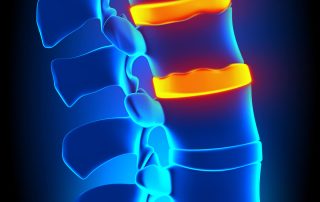The common symptoms of Temporomandibular Dysfunction (TMD)
In order to understand how we can help you with Temporomandibular Dysfunction (TMD), it is important to know what the Temporal Mandibular Joint is, and the common symptoms of the TMD. The Temporomandibular Joints (TMJs) connect the lower jaw to your skull. They are located below your ears and facilitate movement of your jaw. Excessive
Reducing Back Pain with a Chiropractic Alignment
Back pain is a prevalent issue affecting many individuals in America. Various factors contribute to its occurrence, including falls, improper lifting techniques, obesity, smoking, stress, auto accidents, poor posture, sleeping positions, improper ergonomics, chronic inflammation, and more. At Lynch Chiropractic and Chronic Pain Solutions, we believe in taking a holistic approach to addressing and
Neck Pain, Neck Strain, and TMJ
Neck, back, shoulder pain + ‘muscle recruitment’ Your neck, back and shoulder muscles work as a team. (Throughout your body, rarely does a single muscle work without other muscles in the team joining in.) When muscles are overworked, they will ‘recruit’ additional muscles to help out – known as muscle recruitment. Strained Neck Muscles
Knee Pain, Lumbar Disc 3 and the Popliteal Muscle
Hi, I’m Dr. Keith Lynch. Watch the video above to see how I help a 14 year old volleyball player eliminate her right-sided knee pain. We check the stability of her knee joint. I test the strength of her quadricep muscles on both sides of her body. Quadricep muscles cross the front of your
What is the difference between a slipped disc, bulging disc, herniated disc and a ruptured disc?
If you have a ruptured disc, the outer fibers to the disc have torn. The gel-like material within the disc is pushing out through the outer fibers and can push centrally back into the spinal cord or press out the side of the disc and press onto a nerve root. A slipped disc, bulging
Headaches, Migraines and Neurovascular Compression
If you took the skull cap off your head and touched your brain, you wouldn’t feel anything because your brain doesn’t have any pain receptors. This means your head pain, headaches and migraines are coming from somewhere else. Blood vessels and nerves have a great deal of sensation, including pain. Blood vessels and nerves






